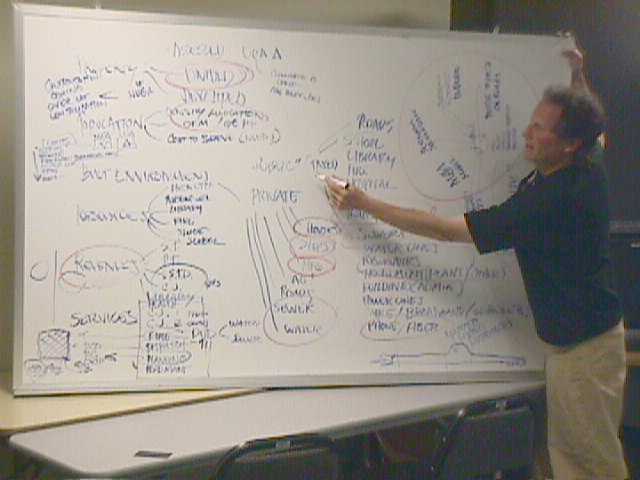Landscape level change during the pre-contact period was clearly dominated by tectonic activity. Sea level fluctuations were dramatic - at rates that apparently exceeded 1 foot per year in some areas. So it can only be assumed that these shifts were accompanied by earthquakes as well as inundations
Climate
In our own experience of the environment , climate plays a major role. So major that I have used a monthly assessment of climate along a timeline, as a primary measure of the conditions under which settlement and development of the region occurred.
See Climate on a Stick
The climate timeline begins shortly after the earth moves out of a period called the little ice age, in 1839. So from 1750 - 1850 this was a reasonably inhospitable region, with cold snowy winters and advancing glaciers in the mountains
Sea Level Fluctuations
Sea Level Fluctuations including sea level falling 300-400 below today's level during the ice , and then rapidly rose between a low estimate of 250 and a high of 600 feet above present sea-level are believed to have followed the retreat of the ice. It is also assumed that sea-level in this region experienced 2 significant rebounds more recently - at approximately 11,000 and 10,000 years b.p.
Forest Fire history
The recurring pattern of forest fires over the past 6000 years has dominated the landscape, in 150 - 250 year cycles. As a result of these fires, there are very few trees in WRIA 17 that are older than the the last big fire in 1701, and the regrowth in the wake of that fire provided the majority of the Peninsula's "old growth" timber.
The last of the three great burning episodes during the Little Ice Age occurred between 287 and 320 years ago. During that time there were two fairly well documented fires or burning episodes, one in about 1668 and the other about 1701. Since the fire about 1701 (287 years ago) was the last of the big fires, we have the best records of its distribution. Areas where stands from this fire occur are shown in Figure 5. This fire or series of fires apparently burned more than one million acres on the Olympic Peninsula, and 3 to 10 million acres in western Washington. Henderson 1988

There has also been a great deal of interest in correlations between higher than normal solar output (as indicated by sunspots) and drier than normal weather. One of the more interesting discussions I have seen applied to local conditions is discussed in Henderson, and involves mapping the pollens that accumulate in bogs to different plant communities and inferring weather required to support those plant communities. Bogs also collect layers of charcoal and volcanic ash, and the ash layers precisely link the timelines for various places scattered across a landscape.
There appears to be a reasonably strong correlation between fire history and solar activity. The three worst burning periods and the three lowest sunspot periods line up well.

No comments:
Post a Comment